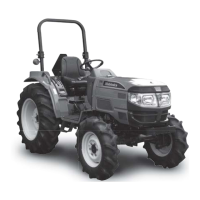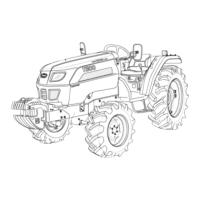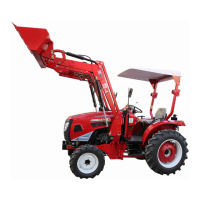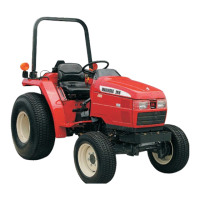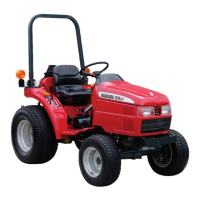C-37
35 Series 4WD, Model - 3535, 4035, 4535 and 5035 SM June’08
Fig. 10
Fig. 11
The weight of con-rod at the crankshaft and piston is
balanced and no material should therefore be removed
or added as this would disturb the balance.
Connecting rods are classified by different weight
groups of which only the medium group is available
for service.
Care should be taken when replacing connecting rods,
that all connecting rods of the engine are of same
weight group, to keep the crank shaft assembly well
balanced.
NOTE: Weights refer to complete connecting rods with
bushing, bearing cap and bolts but less
securing wire and without bearing halves.
7. CYLINDER SLEEVES
1. REMOVAL
Check cylinder sleeve wear before removal see fig.10.
NOTE: Removal on the cylinder sleeves need only be
carried out if inspection proves this necessary.
a) Remove the piston assemblies as detailed in
para 2a.
b) Using a suitable sleeve puller withdraw the cylinder
sleeves (fig. 13).
c) Remove the sealing ring from the groove in the
crankcase bore. And discard it.
2. INSPECTION AND REPAIR (See fig.10)
a) With the sleeves in the crankcase measure the
bores at the top (A) and the bottom (B&C) at 90
0
to the crankshaft to determine the amount of
taper.
b) Compare the readings from op. (a) with those
from op. (b) to determine the amount of ovality
as per specification.
The cylinder sleeves should be renewed when out
of round exceeds 0.20mm and taper exceeds
0.13mm. The old cylinder sleeve should be
removed with the help of special service tool
Connecting Rods, Pistons & Cylinder Sleeves
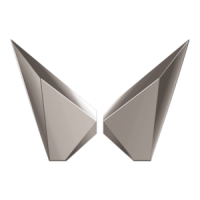
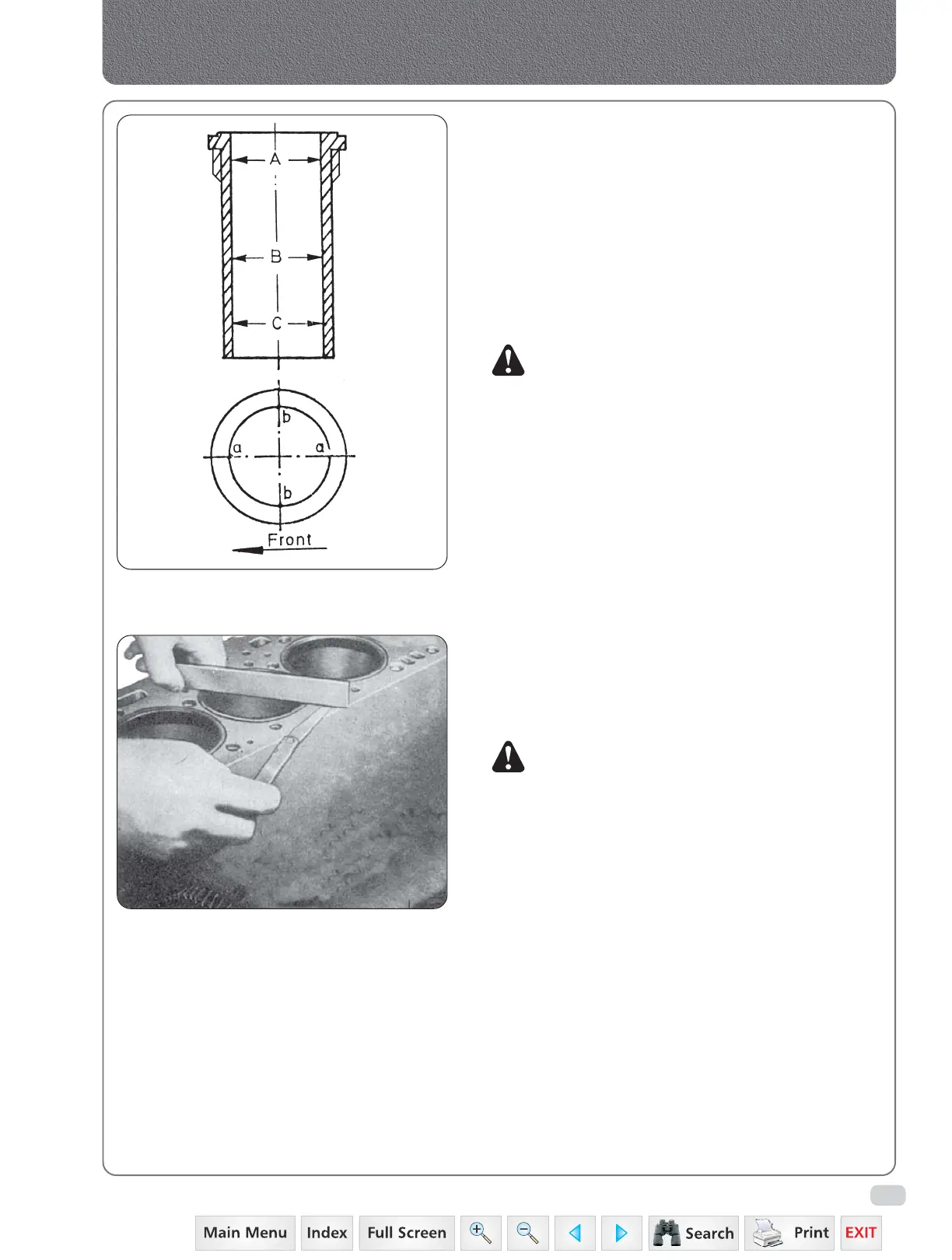